Septoplasty is a surgical procedure that is commonly performed to correct a deviated septum, a condition where the nasal septum, which separates the two nostrils, is off-center or crooked. In this blog post, we will explore what septoplasty is, how it works, and the potential risks and complications associated with the procedure. We will also discuss the consultation process before surgery, the recovery process, and the timeline for seeing improvements in breathing. Additionally, we will provide tips for managing pain and discomfort during the healing process and suggest lifestyle changes that can enhance the results of septoplasty. Finally, we will address common misconceptions about septoplasty and emphasize the importance of post-operative care for long-term benefits. Whether you are considering septoplasty or simply want to learn more about this procedure, this blog post will provide you with valuable insights and information.

What Is Septoplasty And How Does It Work?
Septoplasty is a surgical procedure performed to correct a deviated septum, a condition where the nasal septum is abnormally displaced or crooked. The nasal septum is the wall dividing the nasal cavity into two halves. When this wall is deviated, it can obstruct proper airflow through the nose, leading to a variety of nasal and breathing problems.
During a septoplasty procedure, the surgeon will make small incisions inside the nose and lift the nasal lining to access the underlying deviated septum. The crooked or excess cartilage and bone are then carefully reshaped or removed to create a straighter and more open nasal passage. The procedure is usually performed under general anesthesia and can take about one to two hours to complete.
After the septoplasty surgery, the nasal lining is repositioned, and dissolvable stitches are used to close the incisions. Nasal splints or packing may be inserted to support the septum and prevent bleeding. The splints and packing are usually removed after a few days. The recovery process can vary from person to person, but most individuals can expect to return to their normal activities within a week or two.
- Septoplasty is a common procedure
- The purpose of septoplasty
- The surgical process of septoplasty
| Benefits of Septoplasty | Risks of Septoplasty |
|---|---|
| Improved breathing | Bleeding |
| Reduced nasal congestion | Infection |
| Reduction in snoring | Change in nose shape |
Identifying The Signs Of A Deviated Septum
A deviated septum occurs when the nasal septum, which is the thin wall of cartilage and bone that separates the two nostrils, is displaced to one side. This condition is not uncommon, with studies showing that about 80% of people have some degree of septal deviation. However, not everyone experiences noticeable symptoms. In this blog post, we will discuss how to identify the signs of a deviated septum and understand when medical intervention may be necessary.
One of the most common signs of a deviated septum is difficulty breathing through the nose. If you often find yourself struggling to breathe through one or both nostrils, it could be an indication of a deviated septum. This is because the misalignment of the nasal septum can obstruct the airflow, making it more challenging for air to pass through.
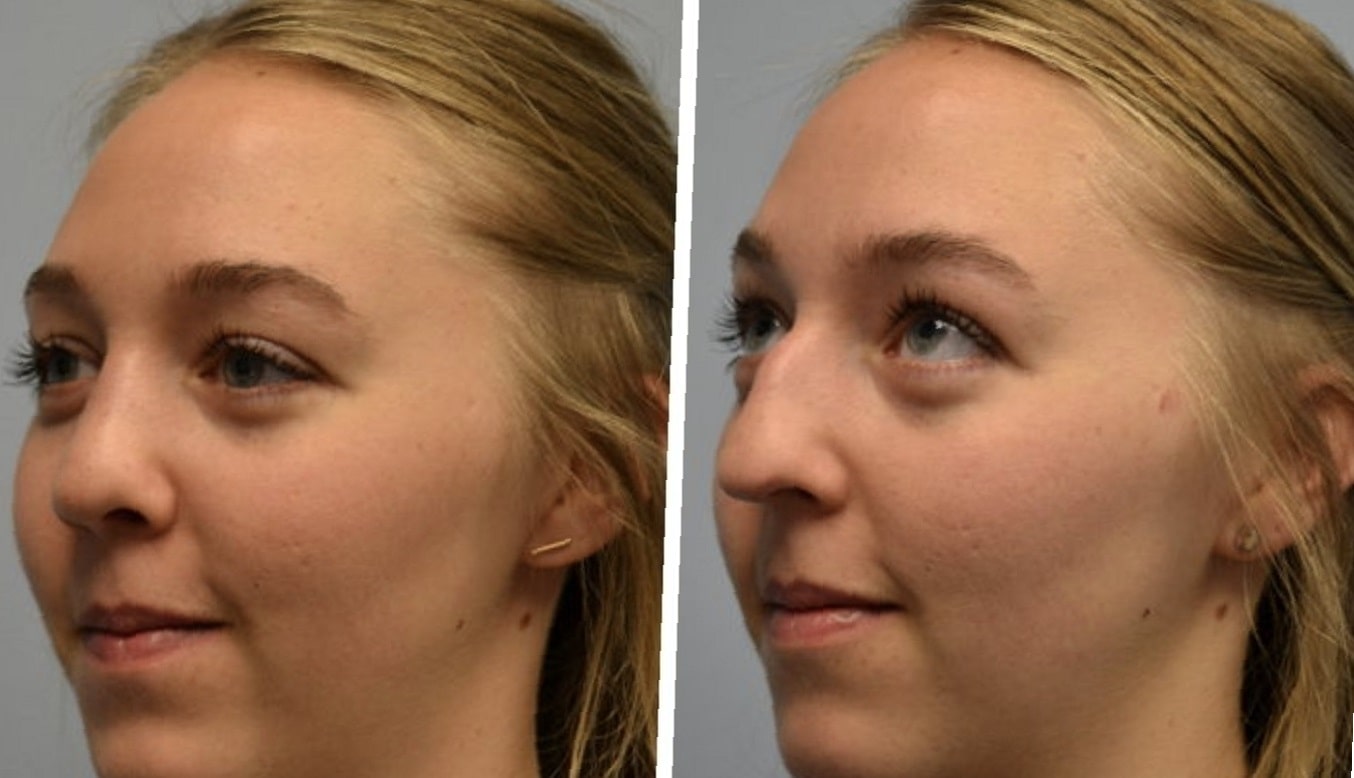
Other common signs to watch out for include frequent nosebleeds, facial pain or pressure, and recurring sinus infections. These symptoms can occur due to the irregular airflow caused by a deviated septum, which can lead to dryness, inflammation, and infection in the nasal passages. Additionally, some individuals may experience snoring or sleep apnea, as the bent septum can disrupt normal breathing patterns during sleep.
- Nasal congestion or stuffiness, particularly on one side
- Noisy breathing or whistling sounds while inhaling
- Postnasal drip, where mucus drips down the throat
- Headaches, especially those originating in the forehead region
If you notice any of these signs persistently, it is advisable to consult an ear, nose, and throat (ENT) specialist for a proper diagnosis. They will be able to evaluate the extent of your septal deviation through a physical examination and may request additional imaging tests, such as a nasal endoscopy or CT scan, for a more detailed assessment.
| Common Signs of a Deviated Septum | Additional Symptoms |
|---|---|
| Nasal congestion or stuffiness, particularly on one side | Frequent nosebleeds |
| Noisy breathing or whistling sounds while inhaling | Facial pain or pressure |
| Postnasal drip, where mucus drips down the throat | Recurring sinus infections |
| Headaches, especially those originating in the forehead region | Snoring or sleep apnea |
It is important to note that a deviated septum can vary in severity and impact from person to person. While some individuals may have minor deviations that do not require treatment, others may experience significant discomfort and impaired quality of life. Therefore, identifying the signs and seeking professional advice can help determine the most appropriate course of action, whether it be medical management or surgical intervention.
Consultation Process Before Septoplasty Surgery
Before undergoing septoplasty surgery, it is crucial to go through a consultation process with a qualified healthcare professional. This consultation process is designed to assess the individual’s medical history, evaluate the severity of the deviated septum, and determine if septoplasty is the appropriate treatment option. The consultation is also an opportunity for the patient to ask questions, express concerns, and gain a comprehensive understanding of the surgical procedure and recovery process.
During the consultation, the healthcare professional will begin by gathering detailed information about the patient’s medical history. This includes any previous surgeries, existing medical conditions, allergies, and medications. It is important to disclose all relevant information to ensure the safest and most effective outcome of the surgery. Additionally, the healthcare professional may inquire about the patient’s symptoms, such as nasal congestion, difficulty breathing, or snoring, to better understand the impact of the deviated septum on their daily life.
Next, the healthcare professional will perform a physical examination of the patient’s nose. This involves a visual inspection of the external nose as well as an internal examination using specialized instruments. These examinations help the healthcare professional accurately diagnose the deviated septum, determine its severity, and assess if there are any additional nasal abnormalities that may affect the surgical outcome.
- The consultation process may also include a nasal endoscopy. This is a procedure where a thin, flexible tube with a light and camera at the end is inserted into the nasal passages. It allows the healthcare professional to visualize the internal structures of the nose in detail, making it easier to identify any obstructions or abnormalities.
- After thoroughly evaluating the patient’s medical history and conducting the necessary examinations, the healthcare professional will discuss the findings with the patient. They will explain the diagnosis, the recommended treatment plan, and the expected outcomes of septoplasty surgery.
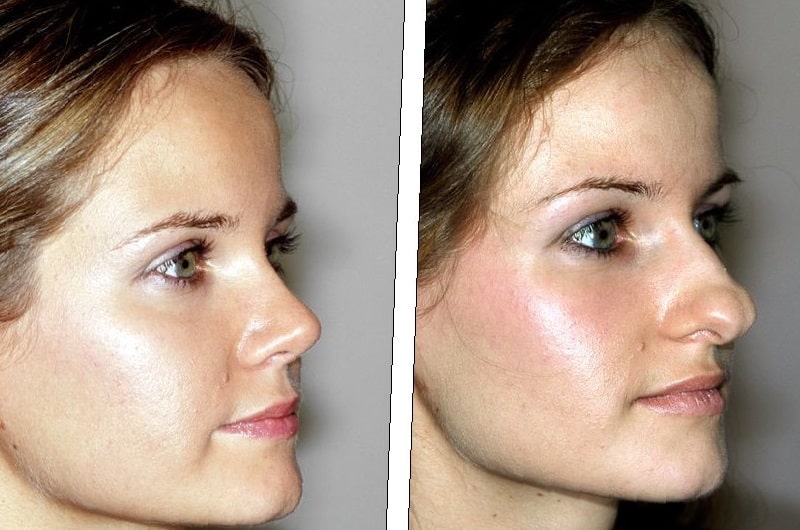
- It is vital for patients to use this opportunity to ask any questions or address any concerns they may have. They can inquire about the surgical technique, potential risks and complications, the recovery process, and the expected timeline for seeing improvements in breathing. Open communication with the healthcare professional during the consultation helps build trust and ensures that the patient is well-informed and confident in their decision-making.
| Benefits of the Consultation Process | Importance of Post-Consultation Decisions |
|---|---|
| 1. Provides a comprehensive understanding of the deviated septum and the surgical procedure. | 1. Allows the patient to make an informed decision regarding septoplasty. |
| 2. Enables the healthcare professional to assess the patient’s eligibility for septoplasty and identify any potential risks or contraindications. | 2. Promotes realistic expectations about the surgical outcome and recovery process. |
| 3. Gives the patient an opportunity to discuss any concerns or fears they may have about the surgery. | 3. Ensures that the patient is mentally prepared for the surgical procedure. |
Overall, the consultation process before septoplasty surgery plays a vital role in ensuring the best possible outcome for the patient. It allows for thorough evaluation, accurate diagnosis, and clear communication between the healthcare professional and the patient. By actively participating in the consultation process, individuals can make informed decisions, have realistic expectations, and fully understand the steps involved in their journey towards improved nasal breathing.
Potential Risks And Complications Of Septoplasty
Septoplasty is a surgical procedure aimed at correcting a deviated septum, which is when the thin wall of bone and cartilage that divides the nasal cavity is misaligned. While septoplasty is generally considered a safe and effective procedure, like any surgery, it does come with its share of potential risks and complications. It is important to be aware of these risks before undergoing the procedure to make an informed decision and to properly prepare for the recovery process.
One of the potential risks of septoplasty is bleeding. During the surgery, the nasal septum is manipulated and tissues are removed or repositioned, which can cause bleeding. While bleeding is usually minimal and can be managed, in rare cases, it may require additional medical intervention. It is important to follow the post-operative care instructions provided by your surgeon to minimize the risk of excessive bleeding.
Infection is another possible complication that can occur after septoplasty. The nasal cavity is a warm and moist environment, making it a breeding ground for bacteria. To reduce the risk of infection, your surgeon may prescribe antibiotics or nasal sprays to be used after the surgery. It is crucial to follow these instructions diligently and maintain good nasal hygiene to minimize the risk of infection.
Septal perforation is a rare but potential complication that can occur after septoplasty. It is the formation of a hole in the septum, which can cause breathing difficulties and other symptoms. Factors such as the extent of cartilage and tissue removal, previous nasal surgeries, or complications during the healing process can contribute to the development of septal perforation. If this complication occurs, further intervention may be required to correct it.
- Other potential complications include changes in the sense of smell, scarring, nasal blockage, and skin numbness. These complications are relatively rare, but it is important to discuss them with your surgeon during the consultation process to understand their likelihood and the steps you can take to minimize the risks.
| Risks and Complications | Prevention and Management |
|---|---|
| Bleeding | Follow post-operative care instructions, avoid strenuous activities, and take prescribed medications. |
| Infection | Use prescribed antibiotics and nasal sprays, maintain good nasal hygiene. |
| Septal Perforation | Discuss the risk with your surgeon, minimize tissue removal, and follow post-operative care instructions. |
| Changes in Sense of Smell, Scarring, Nasal Blockage, Skin Numbness | Discuss these potential complications with your surgeon and follow post-operative care instructions carefully. |
It is important to note that while the risks and complications associated with septoplasty should be taken seriously, most patients do not experience significant issues. By choosing an experienced and qualified surgeon, following all pre and post-operative instructions, and maintaining open communication with your healthcare team, you can minimize these risks and maximize the chances of a successful outcome from septoplasty.
Recovery Process: What To Expect After Septoplasty Surgery
After undergoing septoplasty surgery, it is crucial to understand the recovery process and what to expect during this time. Septoplasty is a surgical procedure performed to correct a deviated septum, which can cause breathing difficulties. It involves the straightening and repositioning of the nasal septum, the thin wall between the nostrils. While the surgery itself aims to improve breathing and alleviate symptoms, it is essential to be aware of the recovery process to ensure a smooth and successful healing journey.
One of the first things to expect after septoplasty surgery is swelling and bruising around the nose and eyes. This is a normal part of the healing process and can usually be managed with pain medication prescribed by your surgeon. It is important to keep your head elevated and avoid any strenuous activities that may increase blood flow to the face, as this can prolong swelling. Applying cold compresses or ice packs to the area can also help reduce swelling and discomfort.
Additionally, nasal congestion and drainage are common during the recovery period. Your surgeon may prescribe nasal sprays or drops to help alleviate congestion and promote healing. It is crucial to follow the instructions provided by your surgeon regarding the use of these medications to ensure optimal results. Nasal saline irrigation can also be beneficial in keeping the nasal passages clean and minimizing the risk of infection.
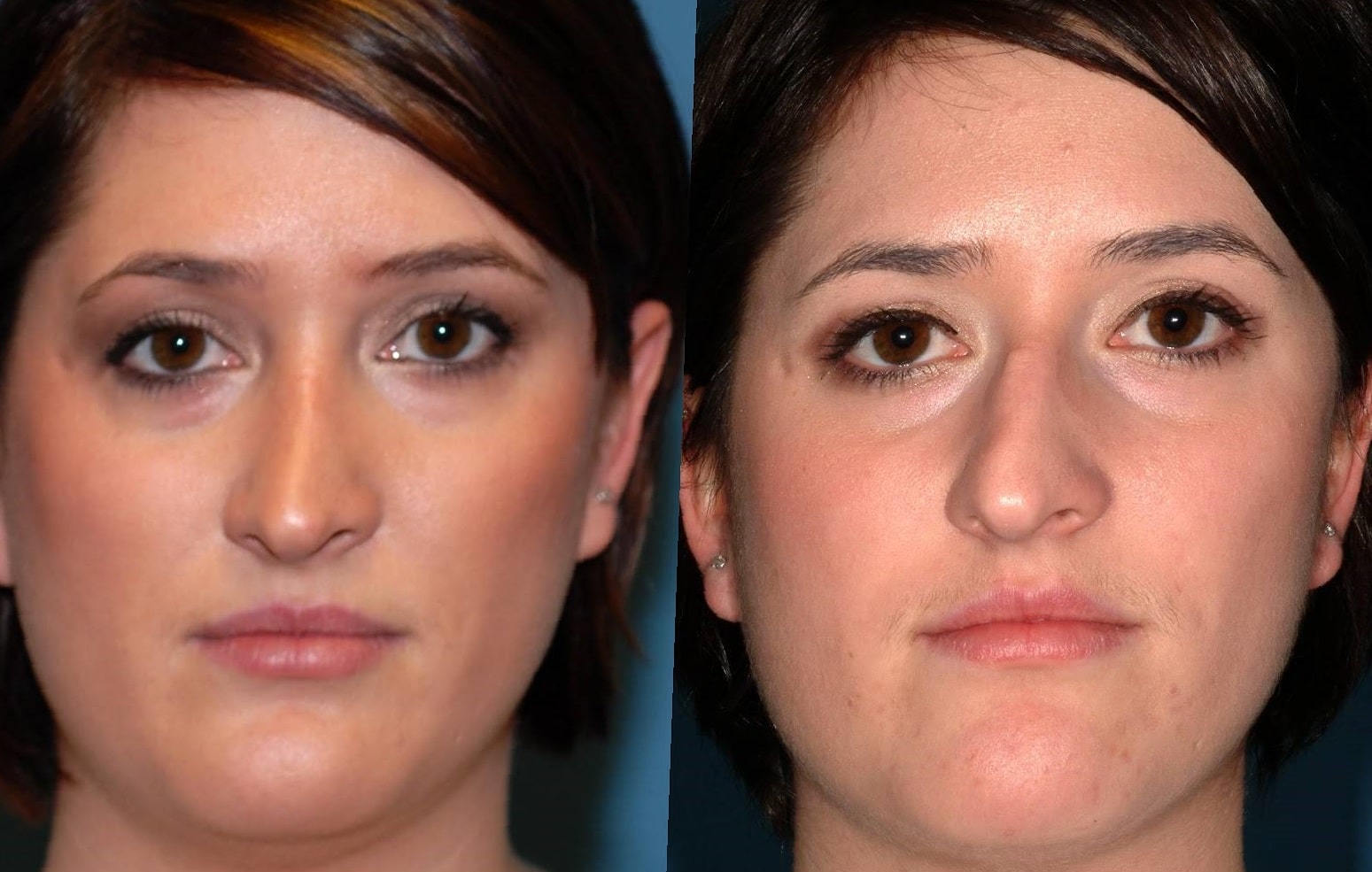
- During the recovery process, it is important to avoid blowing your nose forcefully or inserting anything into the nostrils. This can disrupt the healing process and increase the risk of complications. It is recommended to gently clean the nose with saline solution or the prescribed nasal spray to remove any crusting or mucus.
| Do’s | Don’ts |
|---|---|
| Follow the prescribed medication regimen | Blow your nose forcefully |
| Keep your head elevated while resting | Engage in strenuous activities |
| Use saline irrigation as instructed | Insert anything into the nostrils |
| Attend all follow-up appointments | Ignore any signs of infection or complications |
It is important to attend all follow-up appointments with your surgeon to monitor your progress and ensure a smooth recovery. They can assess your healing process, remove any sutures, and provide guidance on when it is safe to resume normal activities. Each person’s recovery timeline may vary, but it is generally advised to avoid strenuous exercise or activities that could put pressure on the nasal area for several weeks following the surgery.
Understanding what to expect during the recovery process after septoplasty surgery is essential for a successful outcome. It is important to follow your surgeon’s instructions, take prescribed medications as directed, and give yourself time to heal. While some discomfort and nasal congestion are normal during this time, if you experience severe pain, excessive bleeding, or signs of infection, it is vital to seek medical attention promptly. With proper care and patience, you can expect improved breathing and enhanced overall nasal function as you recover from septoplasty surgery.
Timeline For Seeing Improvements In Breathing After Septoplasty
Septoplasty is a surgical procedure that aims to correct a deviated septum, which is a common condition that can cause difficulty in breathing. The surgery involves straightening and repositioning the septum, the wall between the nostrils, to improve airflow and alleviate symptoms such as congestion and snoring.
After undergoing septoplasty, it’s natural to wonder how long it will take to experience improvement in breathing. While the exact timeline may vary from person to person, there are some general guidelines to keep in mind.
Within the first week or two following septoplasty, you may still experience some nasal congestion and swelling. This is a normal part of the healing process, and it’s important to be patient during this time. Your surgeon may provide you with medications or nasal sprays to help manage these symptoms and promote healing.
Managing Pain And Discomfort During The Healing Process
Septoplasty surgery can be a life-changing procedure for individuals suffering from a deviated septum. However, like any surgical procedure, it comes with its fair share of discomfort and pain during the healing process. It is important to be well-prepared and have strategies in place to manage the pain and discomfort effectively.
1. Take prescribed pain medication: Your surgeon will likely prescribe pain medication to help alleviate any post-operative pain. It is crucial to follow the prescribed dosage and schedule to manage the discomfort effectively. Take the medication as directed and do not exceed the recommended dosage.
2. Apply cold compress: Applying a cold compress to the nasal area can help reduce swelling and numb the pain. Use a clean cloth or an ice pack wrapped in a towel, and gently apply it to the affected area for short durations. Avoid applying the cold compress directly to the skin to prevent frostbite.
3. Elevate your head: Keeping your head elevated while sleeping or resting can help reduce congestion and swelling. Use extra pillows to prop yourself up or consider using a wedge pillow specifically designed for elevated sleeping. This position promotes proper drainage and can alleviate discomfort.
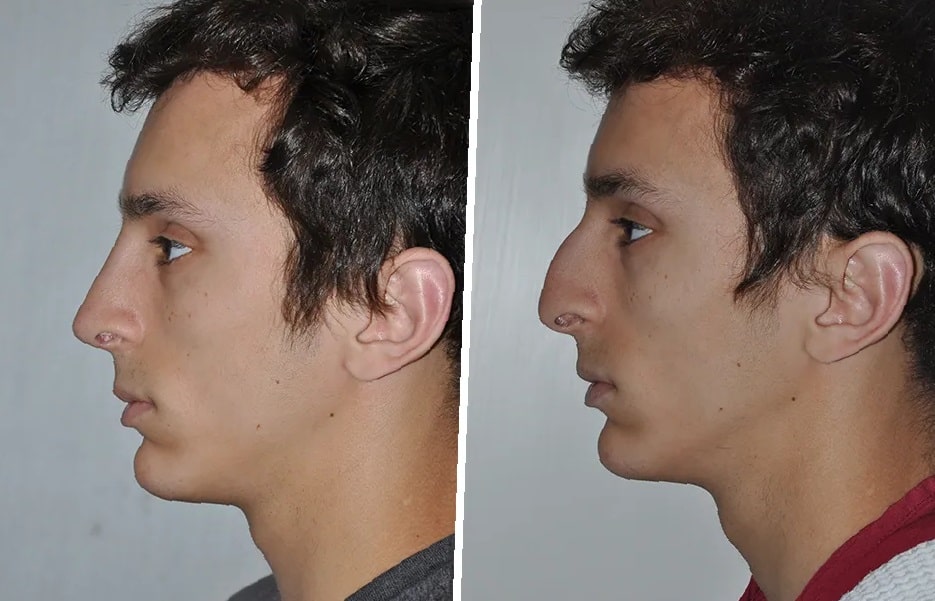
- Avoid strenuous activities: Engaging in strenuous activities can increase blood flow and lead to additional pain and discomfort. It is important to avoid activities such as heavy lifting, intense workouts, or any activity that puts pressure on the nasal area. Follow your surgeon’s instructions regarding physical limitations during the healing process.
| Common Remedies to Relieve Pain and Discomfort: | |
|---|---|
| Hydration: | Staying hydrated helps thin mucus secretions, making it easier to clear the nasal passages and reduce discomfort. |
| Nasal irrigation: | Using a saline solution or nasal rinse can help keep the nasal passages clean, reduce congestion, and ease discomfort. |
| Warm compress: | Applying a warm compress to the face can improve blood circulation and provide temporary relief from pain and discomfort. |
It is important to remember that pain and discomfort during the healing process are normal after a septoplasty surgery. However, if the pain becomes severe, persistent, or accompanied by other concerning symptoms, it is essential to contact your surgeon immediately for further guidance and evaluation.
By following these management strategies and closely adhering to your surgeon’s post-operative instructions, you can minimize pain and discomfort, allowing for a smoother healing process and a more successful septoplasty outcome.
Lifestyle Changes To Enhance The Results Of Septoplasty
Septoplasty is a surgical procedure designed to correct a deviated septum, which is when the cartilage dividing the nostrils is crooked or misaligned. While the surgery itself can greatly improve breathing and alleviate symptoms such as nasal congestion and snoring, certain lifestyle changes can further enhance the results and provide long-term benefits.
Firstly, it is important to maintain good hygiene after septoplasty. Keeping the surgical area clean and following your surgeon’s instructions for wound care will help prevent infection and promote healing. Gentle cleansing of the nostrils with saline solution and the use of nasal sprays or irrigation kits recommended by your doctor can also support optimal healing and help prevent future complications.
- Secondly, it is crucial to avoid smoking and exposure to secondhand smoke. Smoking can delay the healing process and increase the risk of complications after surgery. Additionally, smoke can irritate the nasal passages and worsen symptoms such as congestion and inflammation. By quitting smoking or avoiding smoke-filled environments, you can maximize the benefits of septoplasty and enhance your overall respiratory health.
- Furthermore, maintaining a healthy diet and staying well-hydrated can contribute to improved healing and long-term results. A nutritious diet rich in vitamins and minerals can support the body’s natural healing processes and strengthen the immune system. Drinking an adequate amount of water can also help thin mucus and prevent dehydration, ensuring clear and comfortable breathing.
| Recommended Lifestyle Changes: | Benefits: |
|---|---|
| Eating a balanced diet | Enhances healing and strengthens the immune system |
| Avoiding smoke and secondhand smoke | Reduces complications, irritation, and promotes healthy respiratory function |
| Maintaining good hygiene | Prevents infection and supports optimal healing |
Another lifestyle change that can positively impact the results of septoplasty is engaging in regular physical activity. Exercise improves overall cardiovascular health, which plays a role in maintaining proper blood flow and oxygenation. By staying physically active, you can enhance the efficiencies of your respiratory system, including the passage of air through your nose.
Lastly, it is essential to address any underlying allergies or sinus issues that may have contributed to the deviated septum. Working with an allergist or an ear, nose, and throat specialist can help identify triggers and develop appropriate treatment plans. By managing allergies and sinus conditions, you can minimize congestion and inflammation, ensuring optimal breathing and enhancing the long-term benefits of septoplasty.
In conclusion, although septoplasty alone can significantly improve breathing and alleviate symptoms related to a deviated septum, implementing certain lifestyle changes can further enhance the results and contribute to long-term benefits. By maintaining good hygiene, avoiding smoke and secondhand smoke, following a healthy diet, engaging in regular exercise, and addressing underlying allergies or sinus issues, individuals can optimize the outcome of their septoplasty surgery and enjoy improved respiratory function.
Common Misconceptions About Septoplasty And Breathing Improvement
Septoplasty is a surgical procedure often performed to correct a deviated septum, which is the displacement of the nasal septum that separates the two nostrils. While this procedure is becoming increasingly common, there are still several misconceptions surrounding septoplasty and its impact on breathing improvement. In this blog post, we will debunk some of the most common misconceptions about septoplasty and shed light on the truth behind this procedure.
One common misconception is that septoplasty is primarily done for cosmetic reasons. However, the main goal of septoplasty is to improve airflow through the nose and alleviate breathing difficulties. Although septoplasty can have some cosmetic benefits by improving the overall appearance of the nose, its primary purpose is to enhance nasal function and improve breathing.
Another misconception is that septoplasty will instantly lead to dramatic improvements in breathing. While septoplasty can certainly alleviate breathing problems caused by a deviated septum, it may not result in immediate and significant improvements for everyone. The extent of the breathing improvement will vary depending on the severity of the deviation and other individual factors. It is important to have realistic expectations and understand that the healing process and gradual improvements take time.
- Septoplasty is not a cure-all solution for all nasal problems.
- Septoplasty does not increase the risk of developing other nasal conditions.
- Septoplasty does not affect the sense of smell or taste.
| Myth | Truth |
|---|---|
| Septoplasty is a painful procedure. | Septoplasty is generally well-tolerated and pain can be managed with medications. |
| Septoplasty requires a long recovery period. | Most patients can resume normal activities within a week after the surgery. |
| Septoplasty is only for people who have severe breathing problems. | Septoplasty can benefit individuals with various degrees of nasal obstruction. |
It is also important to note that septoplasty is not a cure-all solution for all nasal problems. It specifically targets a deviated septum and helps to correct its misalignment. Other nasal conditions, such as chronic sinusitis or nasal polyps, may require additional treatments or surgeries to address fully. Therefore, it is crucial to consult with a qualified medical professional to determine the most suitable treatment plan for individual needs.
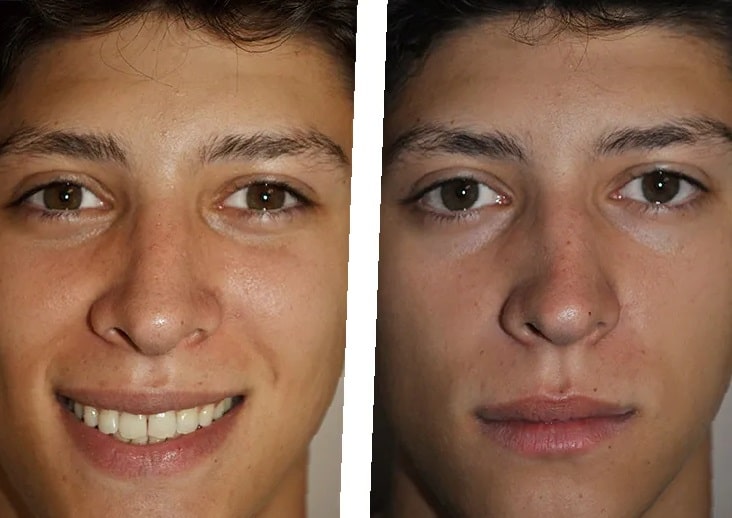
In conclusion, it is essential to debunk the misconceptions surrounding septoplasty and its impact on breathing improvement. Septoplasty is primarily aimed at enhancing nasal function and relieving breathing difficulties caused by a deviated septum. While it can have some cosmetic benefits, immediate and significant breathing improvements may not occur for everyone. It is important to have realistic expectations and to consult with a healthcare professional to understand the potential benefits and limitations of septoplasty.
Importance Of Post-Operative Care For Long-Term Benefits
The importance of post-operative care cannot be stressed enough when it comes to the long-term benefits of any surgical procedure, including septoplasty. Proper care and follow-up after septoplasty surgery plays a crucial role in ensuring successful healing, preventing complications, and maximizing the overall outcome of the procedure.
One of the first and most important steps in post-operative care is closely following the instructions provided by your surgeon. These instructions may include specific guidelines on wound care, medication usage, and when to schedule follow-up appointments. It is essential to strictly adhere to these instructions to promote proper healing and minimize the risk of infections or other complications.
Additionally, maintaining a healthy lifestyle can greatly contribute to the long-term benefits of septoplasty. This includes avoiding smoking and exposure to secondhand smoke, as smoking can impede the healing process and increase the risk of complications. Engaging in regular exercise and eating a balanced diet can also support your overall well-being, which can positively impact your recovery and the final results of the surgery.
- Follow your surgeon’s instructions carefully
- Maintain a healthy lifestyle
- Take care of your nasal passages
In terms of specific post-operative care for septoplasty, it is essential to take proper care of your nasal passages. This includes using saline sprays or nasal irrigation systems recommended by your surgeon to keep your nasal passages moist and clean. Avoiding the excessive blowing of your nose and gently cleaning the inside of your nostrils with a saline-soaked cotton swab can also promote healing and prevent irritation.
| Benefits of post-operative care for septoplasty: |
|---|
| 1. Promotes proper healing: Following post-operative care instructions and maintaining a healthy lifestyle can significantly aid in the healing process, allowing your nasal tissues to fully recover and adjust to the new structural changes made during septoplasty. |
| 2. Minimizes the risk of complications: Proper care can help prevent potential complications such as infections, excessive bleeding, or the formation of scar tissue. By closely monitoring your healing progress and promptly addressing any concerns with your surgeon, you can reduce these risks and achieve the best possible outcome. |
| 3. Improves long-term breathing benefits: Following post-operative care recommendations can ensure that you experience the full extent of the breathing improvement intended by the septoplasty surgery. By taking care of your nasal passages and supporting healthy healing, you can optimize your long-term breathing function and quality of life. |
Ultimately, the importance of post-operative care for long-term benefits after septoplasty cannot be underestimated. It is crucial to prioritize your recovery, follow your surgeon’s guidance, and make necessary lifestyle adjustments to maximize the positive impact of the surgery on your breathing and overall well-being.
Frequently Asked Questions
1. What is septoplasty and how does it work?
Septoplasty is a surgical procedure that aims to correct a deviated septum, which is a condition where the nasal septum (the thin wall that separates the nostrils) is crooked or off-center. During septoplasty, the surgeon straightens and repositions the septum, allowing for improved airflow through the nasal passages.
2. How can I identify the signs of a deviated septum?
Common signs of a deviated septum include difficulty breathing through one or both nostrils, frequent headaches, recurring sinus infections, frequent nosebleeds, congestion or stuffiness, and snoring. If you experience these symptoms, it is recommended to consult with a medical professional for an accurate diagnosis.
3. What is the consultation process before septoplasty surgery?
Before undergoing septoplasty surgery, you will need to schedule a consultation with a qualified ear, nose, and throat specialist. During this consultation, the doctor will examine your nasal passages, discuss your symptoms, and may order diagnostic tests such as nasal endoscopy or CT scan to assess the severity of the deviation and determine the appropriate treatment plan.
4. What are the potential risks and complications of septoplasty?
Like any surgical procedure, septoplasty carries some risks and potential complications. These may include bleeding, infection, adverse reactions to anesthesia, nasal septal perforation, scarring, changes in the shape of the nose, or recurrence of nasal obstruction. It is important to discuss these risks with your surgeon before deciding to proceed with the surgery.
5. What can I expect during the recovery process after septoplasty surgery?
After septoplasty surgery, you can expect some swelling, bruising, and discomfort in the nose area. Nasal packing or splints may be placed to support the septum during healing. You will need to avoid strenuous activities, blowing your nose, and wearing glasses for a few weeks. Full recovery may take several weeks, and it is important to follow your surgeon’s post-operative instructions for optimal healing.
6. How long does it take to see improvements in breathing after septoplasty?
The timeline for seeing improvements in breathing after septoplasty can vary from person to person. While some individuals experience immediate relief, others may take a couple of weeks or even months to notice a significant change in their breathing. It is important to have realistic expectations and consult with your surgeon about the expected timeline for your specific case.
7. How can I manage pain and discomfort during the healing process after septoplasty?
To manage pain and discomfort during the healing process after septoplasty, your surgeon may prescribe pain medication. Applying cold packs to the nose can help reduce swelling and relieve pain. It is important to avoid taking any medications without your surgeon’s approval and to follow their instructions for pain management.

Comments are closed.